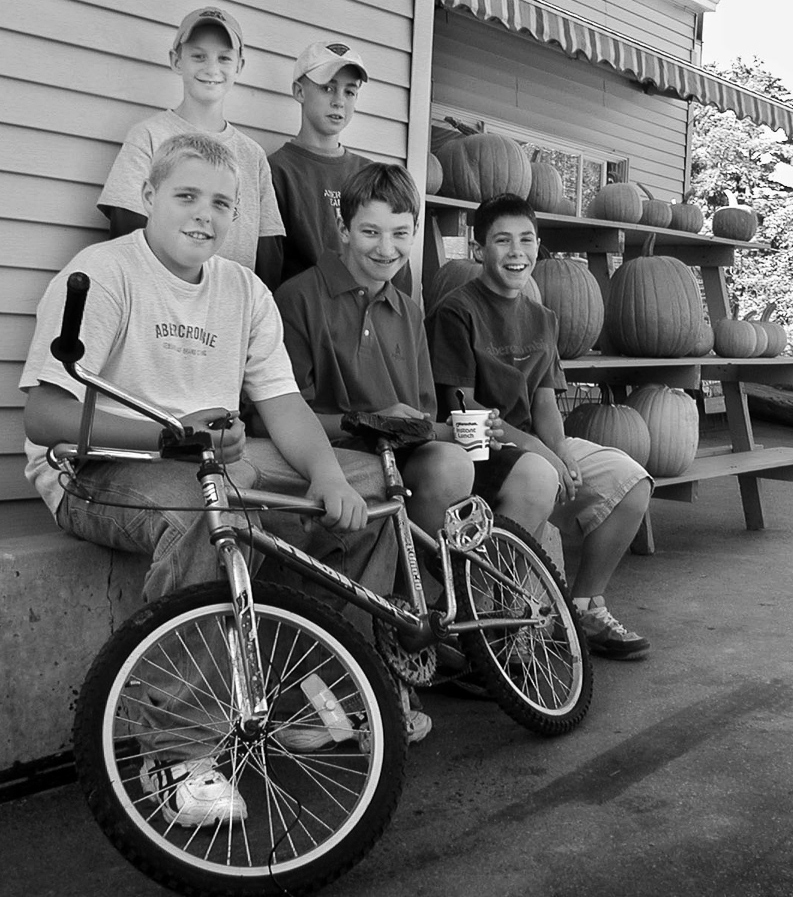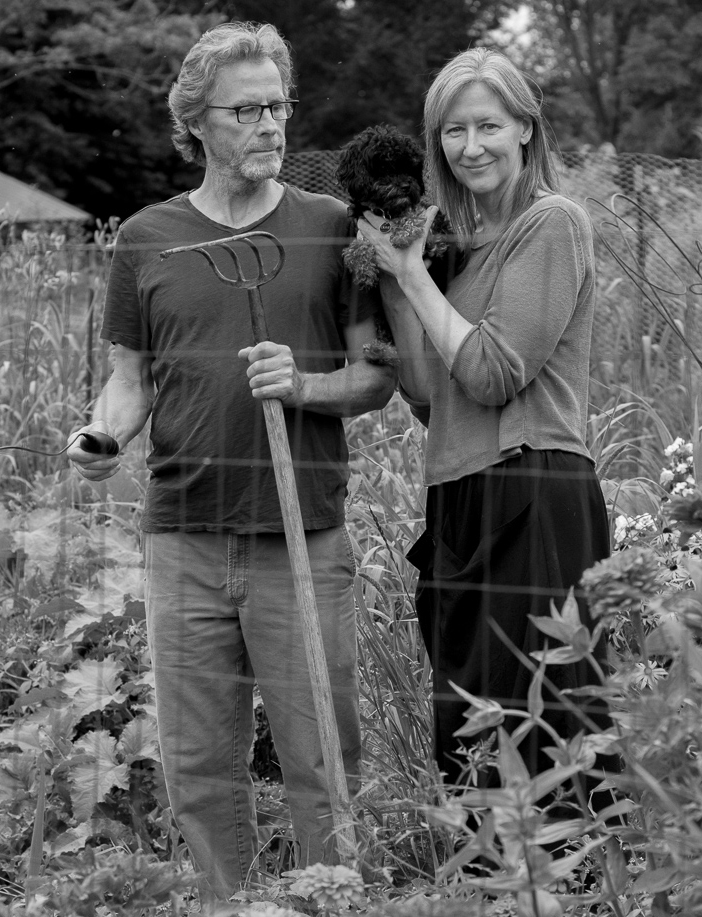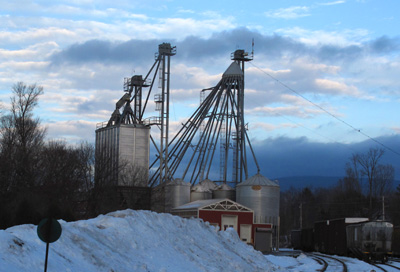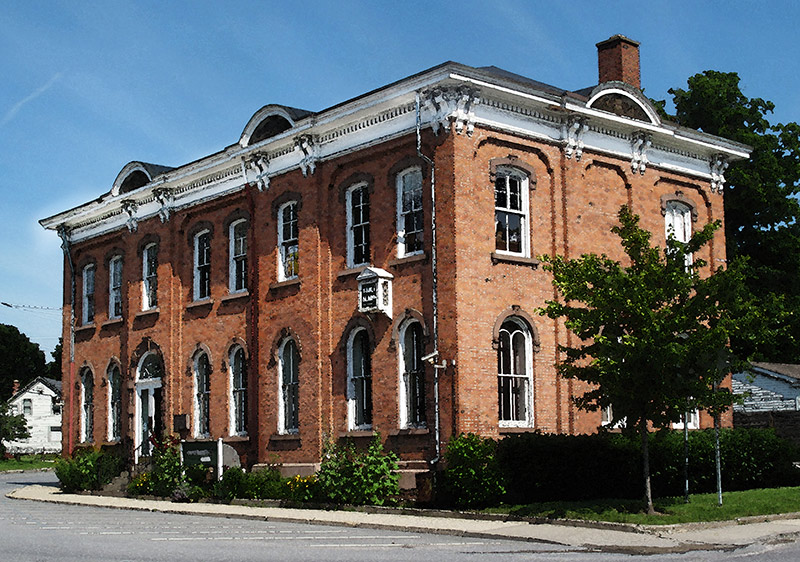North Bennington, Vermont is a spirited and intensely local community that opens itself comfortably to others.
A century ago North Bennington was a self-contained village that shipped goods around the nation from mills built along Paran Creek. All the necessities and many of the amenities of life lay within a short walk.
Today most villagers drive to work elsewhere. Factories along the creek still manufacture goods, but several have been converted into housing. One was transformed into an art studio and nightclub, and then back to stylish apartments. Another serves as an incubator for new businesses. A newer plant produces superb mozzarella.
Bennington College has become the largest local employer.
North Bennington has welcomed and nourished generations of poets, painters and writers.
Shirley Jackson’s dark story of Yankee communal rites, “The Lottery”, was written here. Surely this disturbing story was rooted in parochial aspects of her life on Prospect Street in the late 1940s. Yet after moving away briefly, she returned to the village and wrote most of her celebrated work here.
Robert Frost wrote “Stopping by Woods on a Snowy Evening” on his farm just outside the village, and sent his daughter here to school. Kenneth Noland, the abstract painter, maintained a studio here. Jamaica Kincaid, a long-time village resident, set her recent novel, See Now Then, in the “Shirley Jackson House” above the “River Paran.” Daisy Rockwell, a resident painter and translator, won the International Booker Prize in 2022.


The spirit of community remains strong in the village. If there were an accepted metric for volunteer commitment, the village would score high. Still, there are serious challenges.
Student population is dropping. Yet the village was named by Business Week in two recent years as the best place in Vermont to raise children. In 2013, the historic village school re-opened as an independent academy — with a “place-based” curriculum that uses the entire village as a laboratory. With portable, publicly funded tuition, the village is experimenting with school choice.
The dairy farm on the west slopes shuttered operations in the 1990s, but now the land is perpetually conserved and open for public recreation. The local bank office closed in 2013, but its historic building has been transformed into The Left Bank – a community space for arts and work. Challenge creates opportunity.


What explains the proud and quirky individuality of North Bennington?
The variables are many but surely they include a deep sense of place — of a valley stream, houses clustered on hills to both sides, pastures and woodland beyond.
As with many Vermont communities, the structure of local government requires broad participation. North Bennington has a dynamic history of self-governance, sometimes in oblique opposition to the Town of Bennington.
There is a tradition of entrepreneurship here, of founding enterprises and building them. This work of inventive building now extends to the “third sector,” most notably through the work of Vermont Arts Exchange.
There is also a history of thoughtful philanthropy seeded by generations of the McCullough family. Generous giving in support of the community is now broadly based, often stewarded by The Fund for North Bennington, Inc.
Bennington College has brought a richer culture than found in most of rural New England. Once aloof from village affairs, the college now actively engages its home. Faculty members share their work, students volunteer in the school, and interns support community groups.
Finally, there is the demographic mixing. American neighborhoods tend to sort by class and cultural affinity. North Bennington remains that increasingly rare American place where workers live next to owners, and where you cannot reliably guess a person’s education or income by street address.
Welcome!